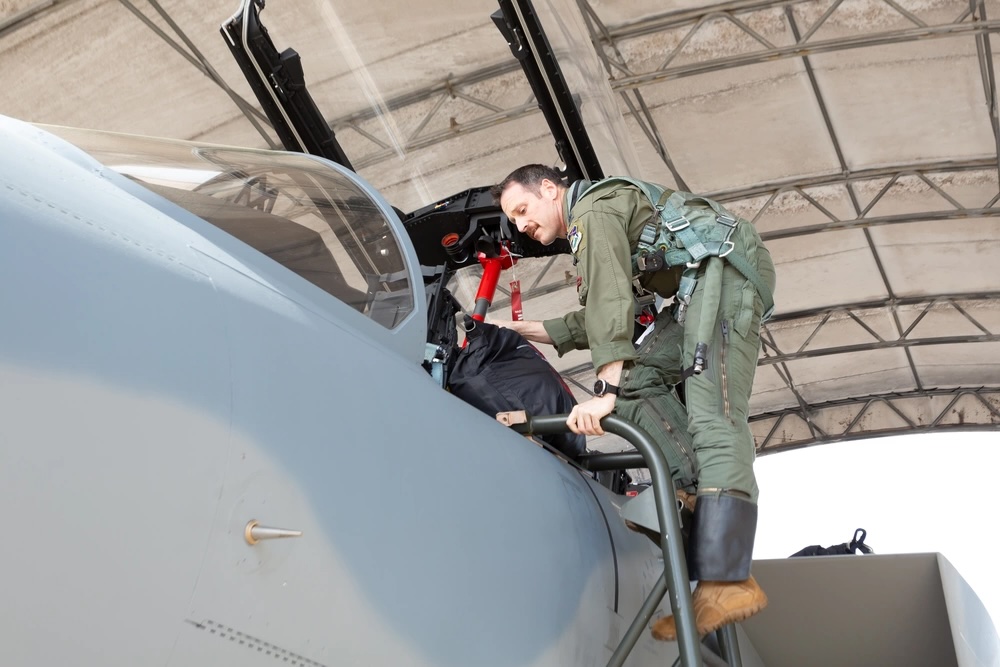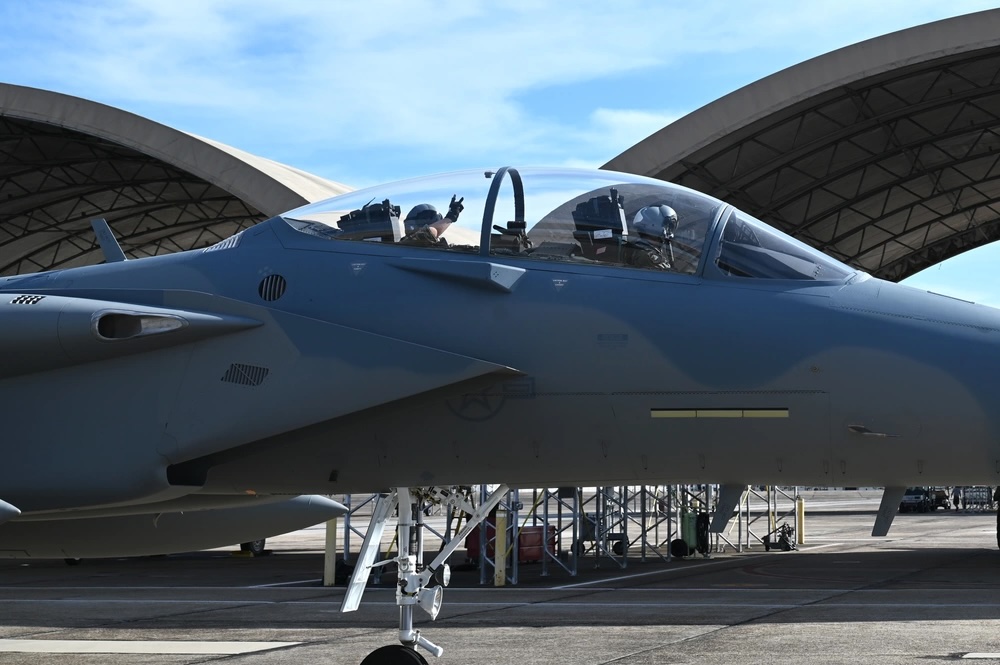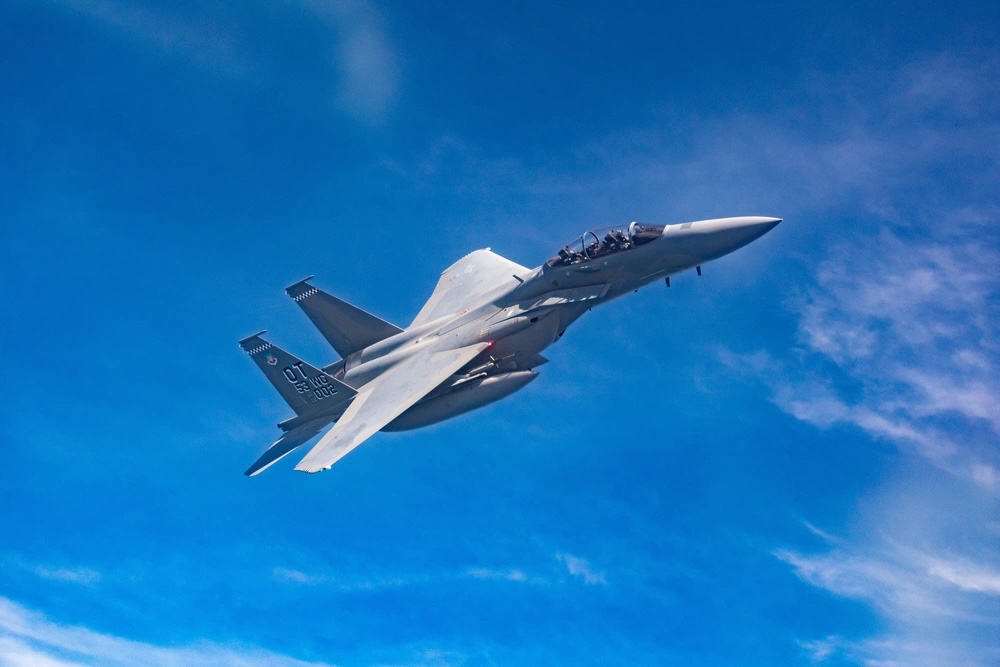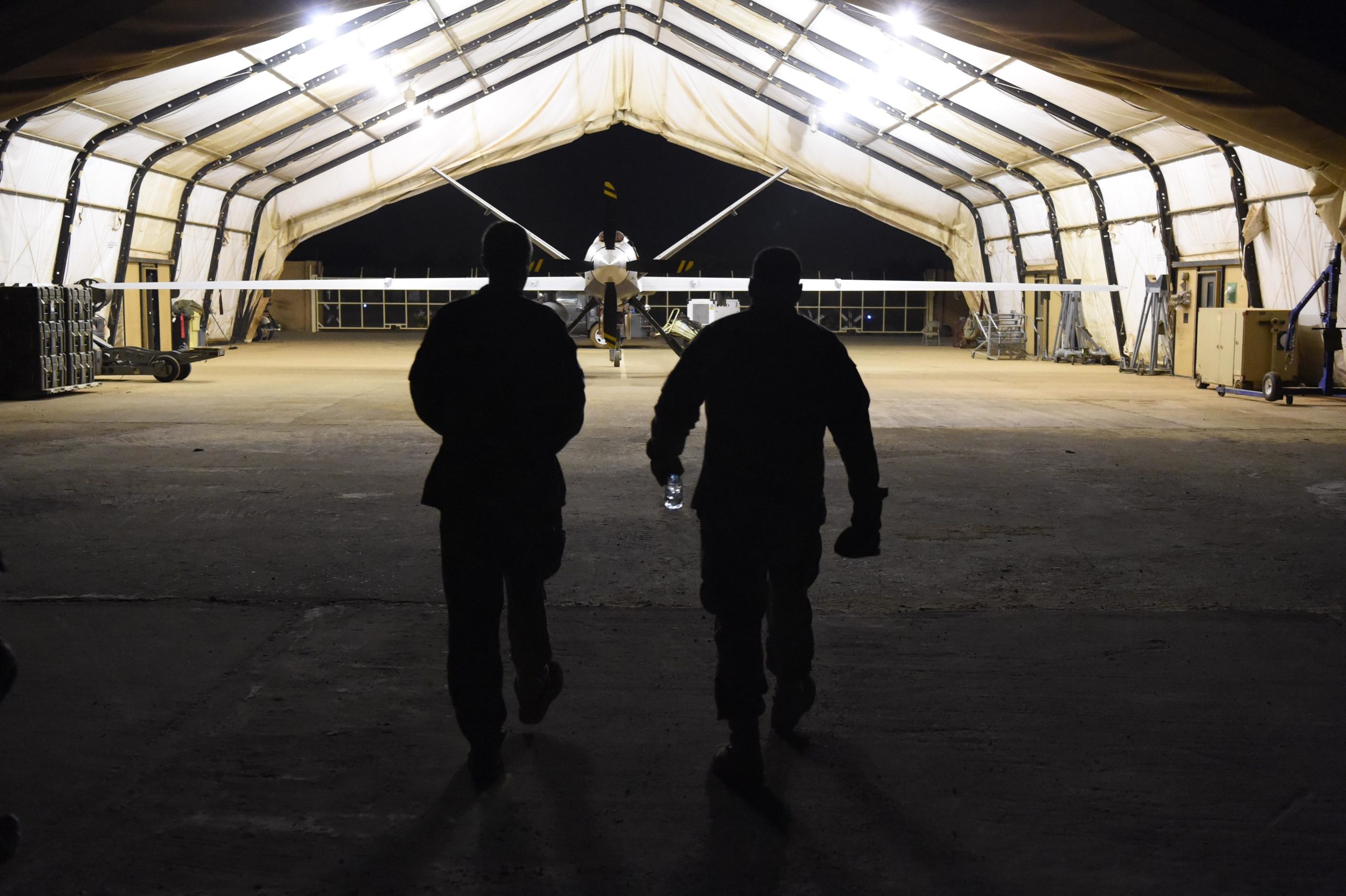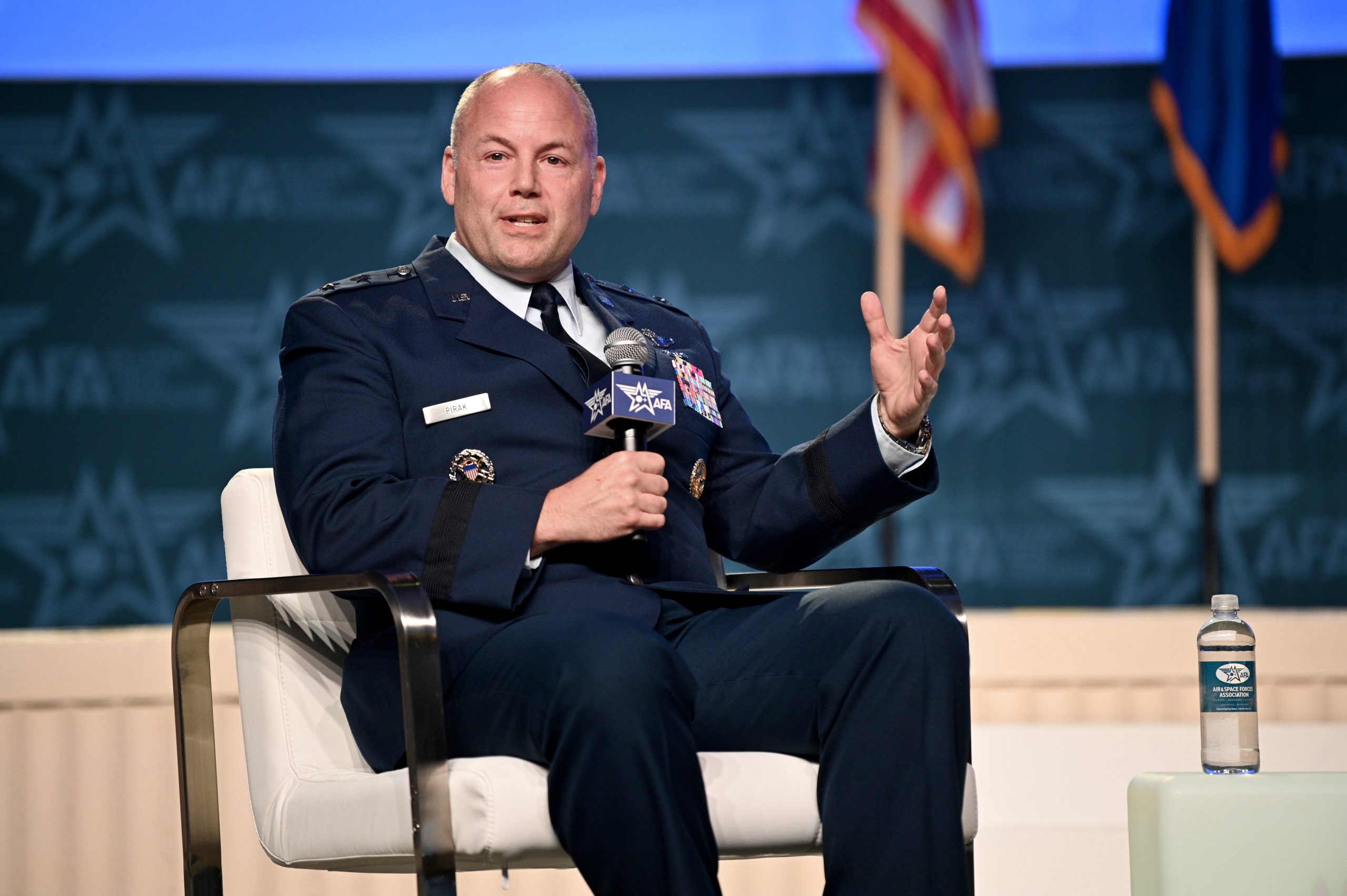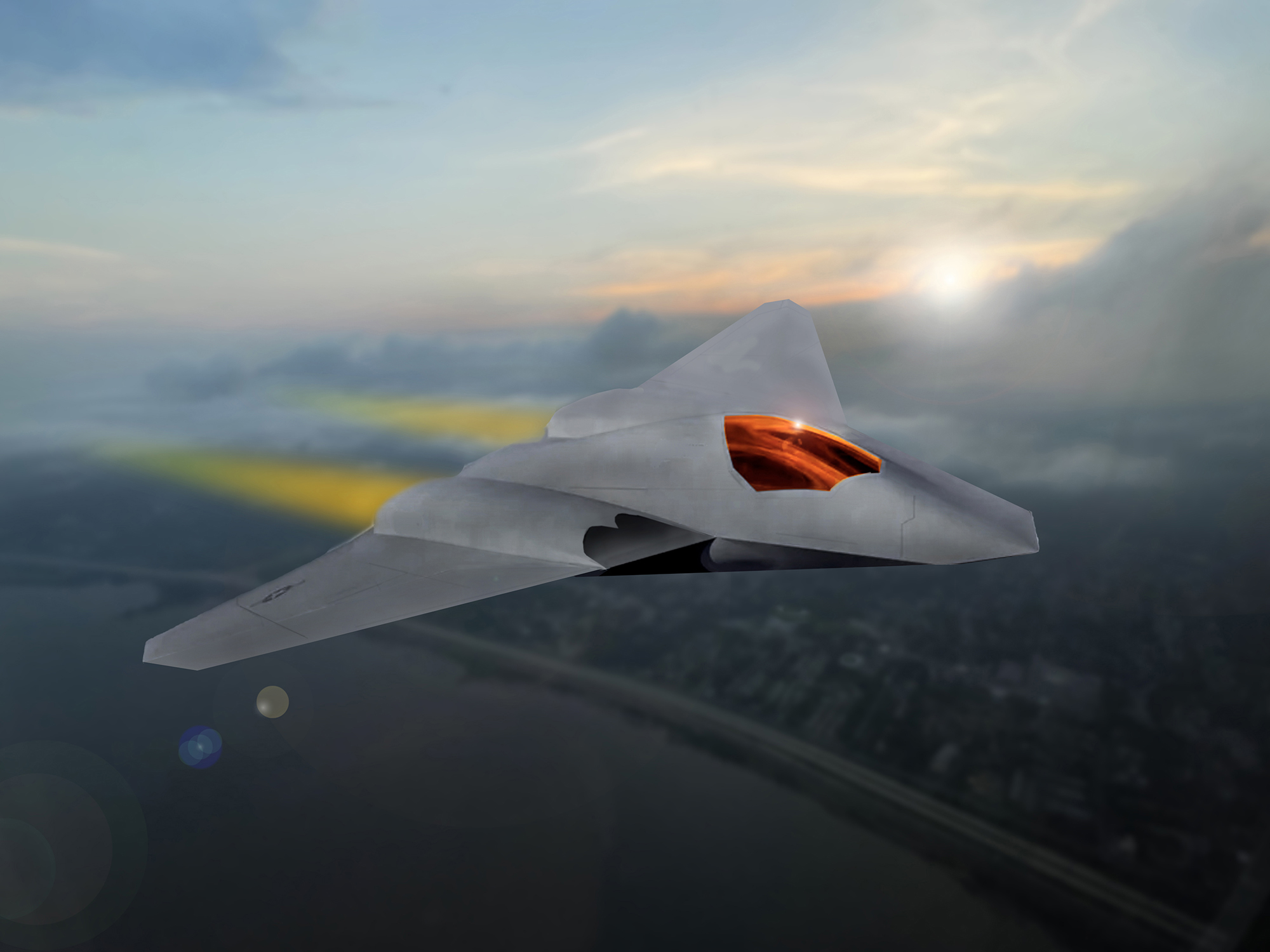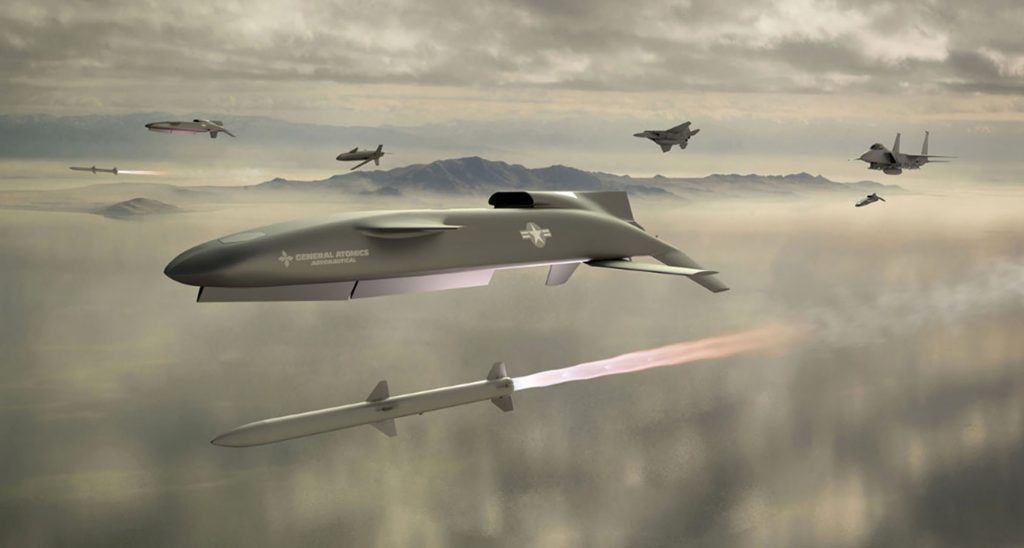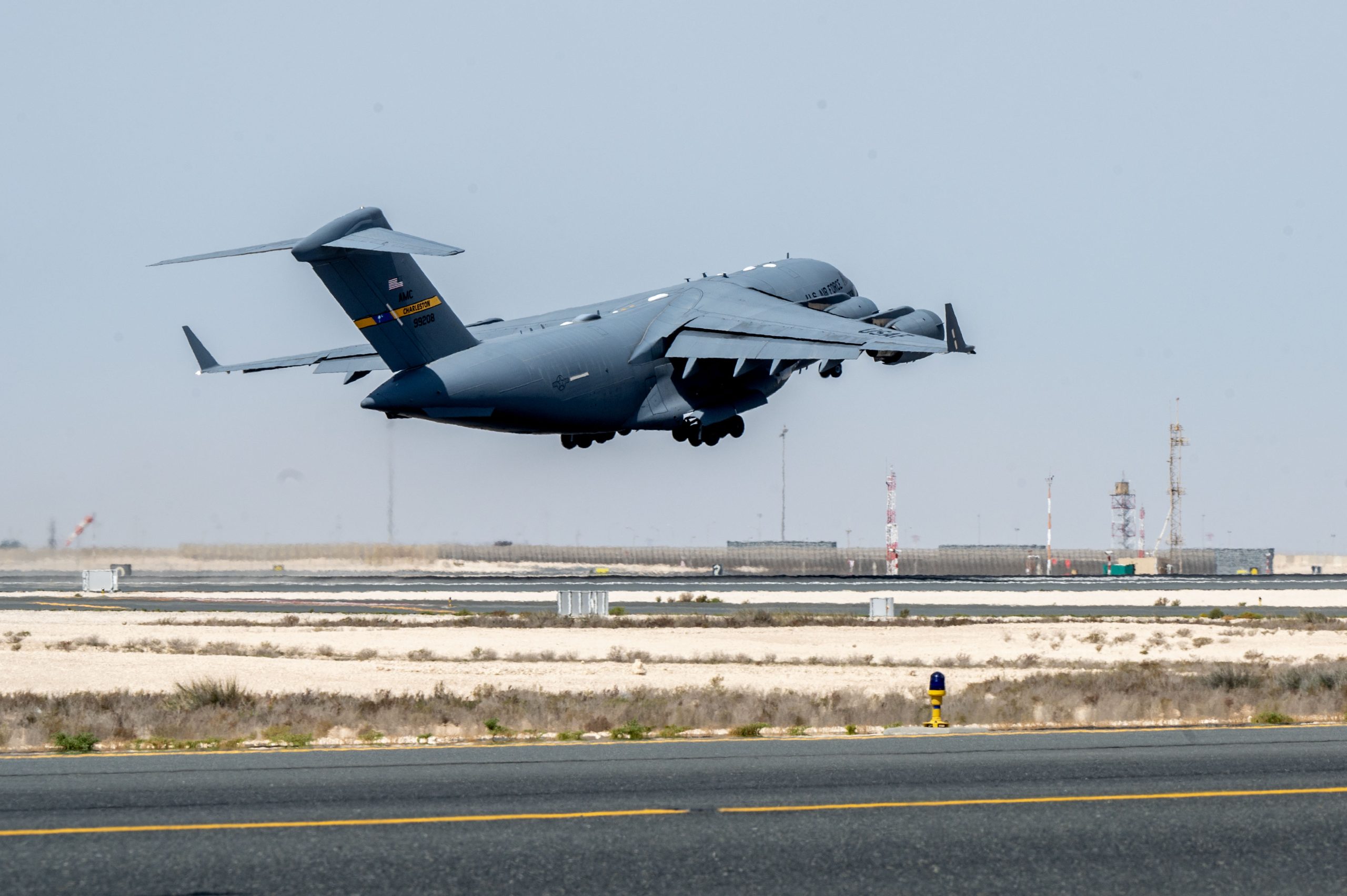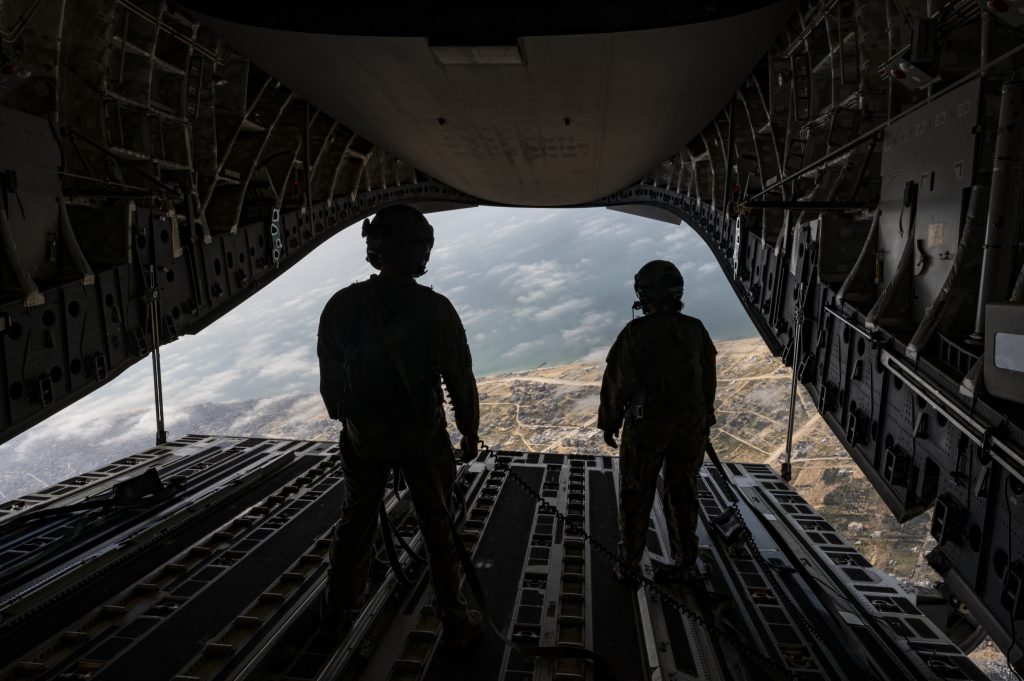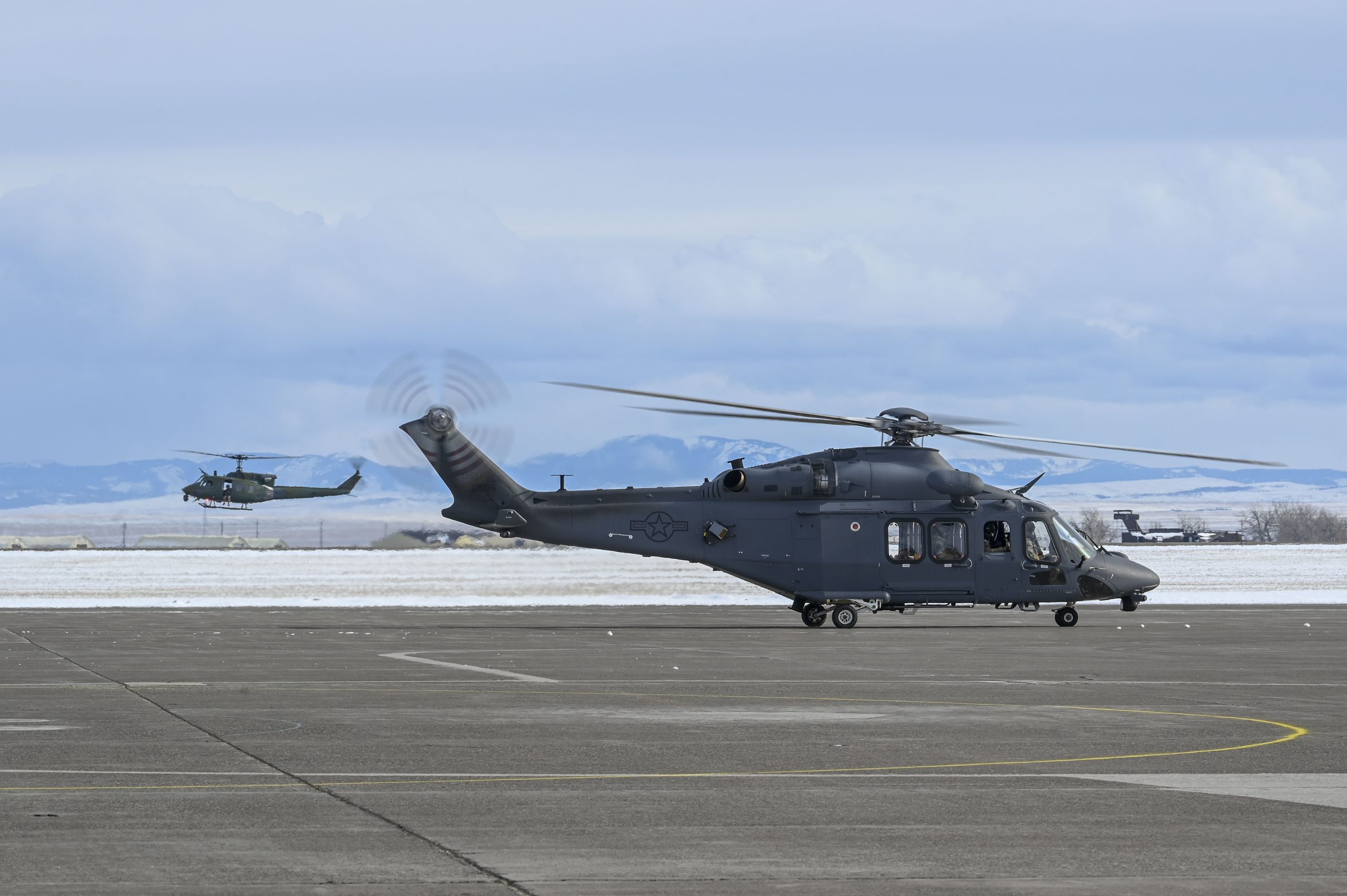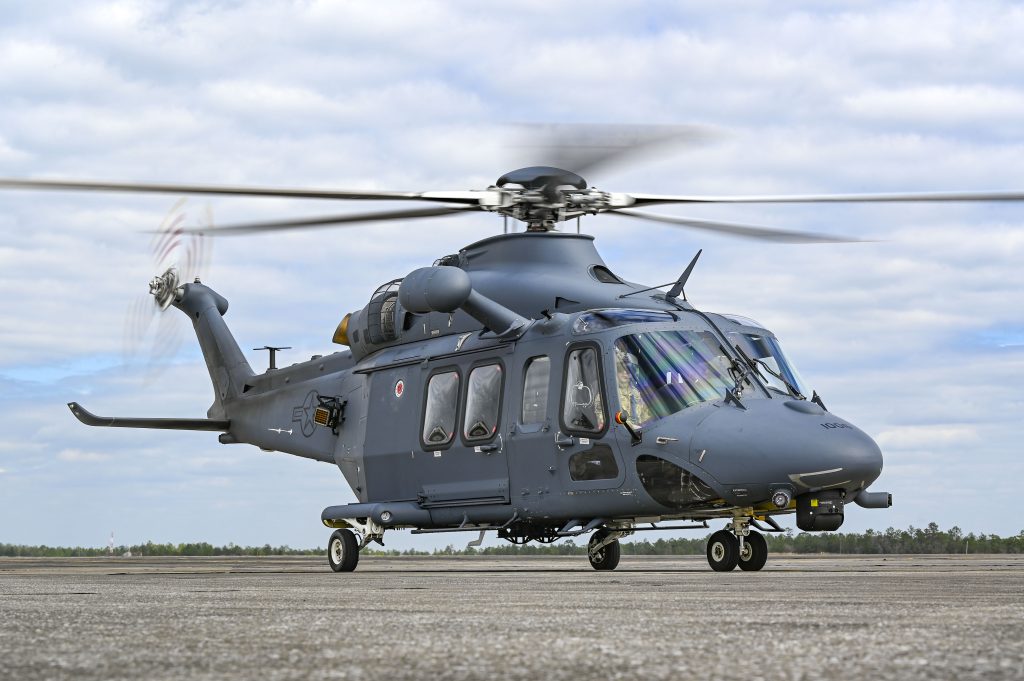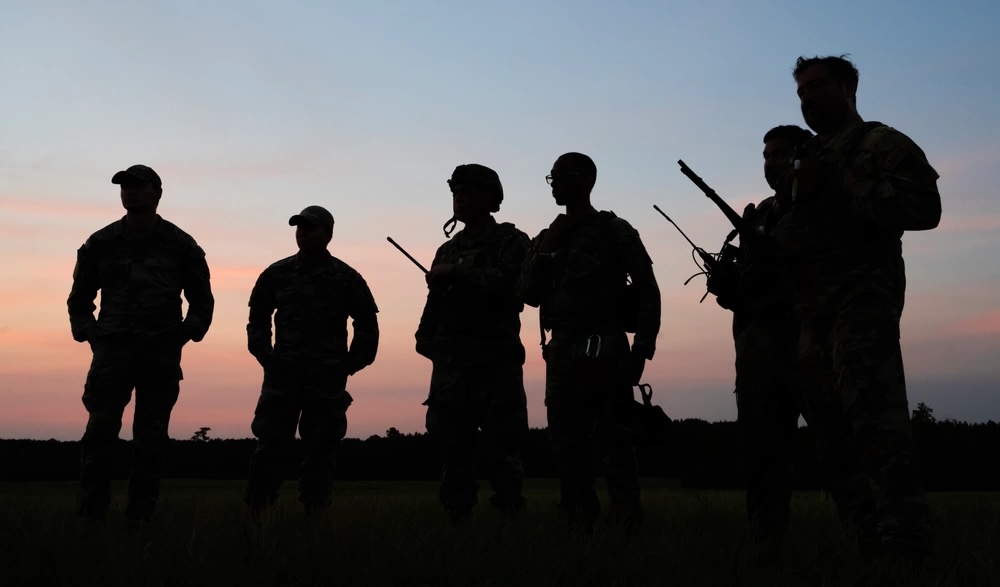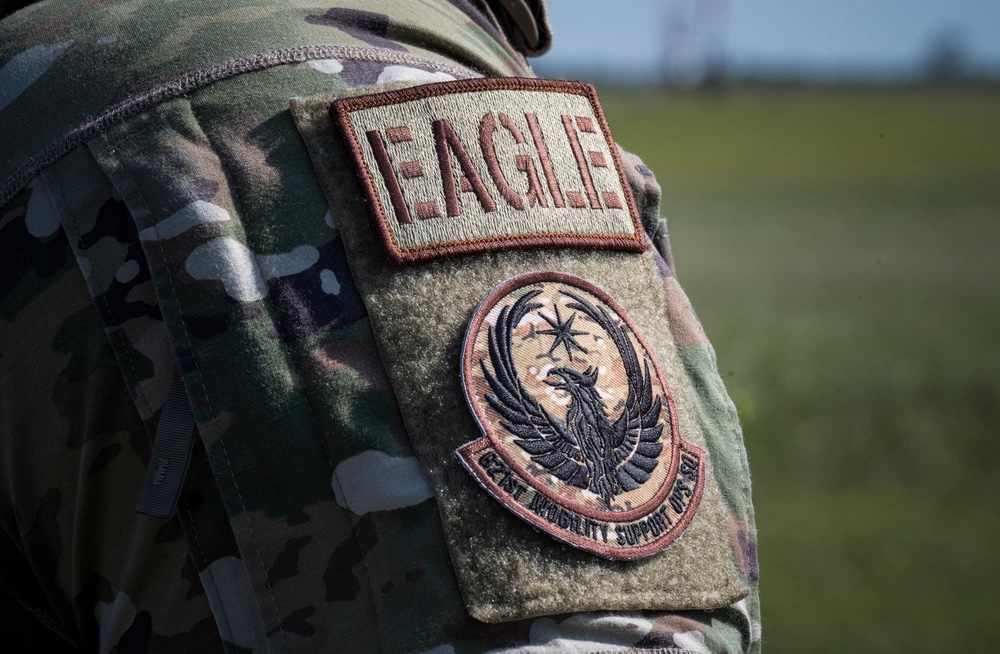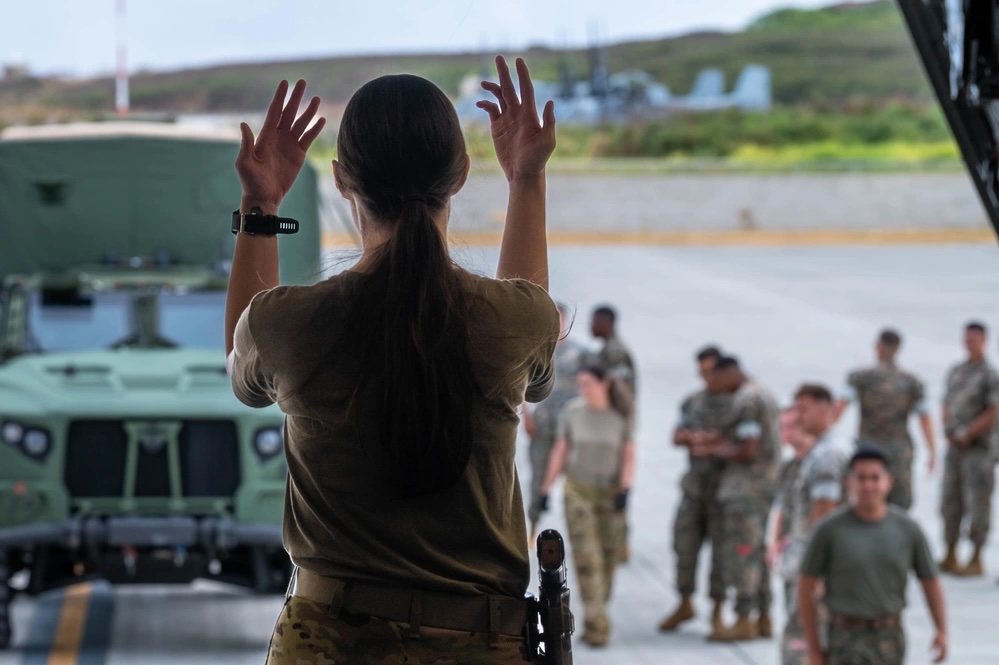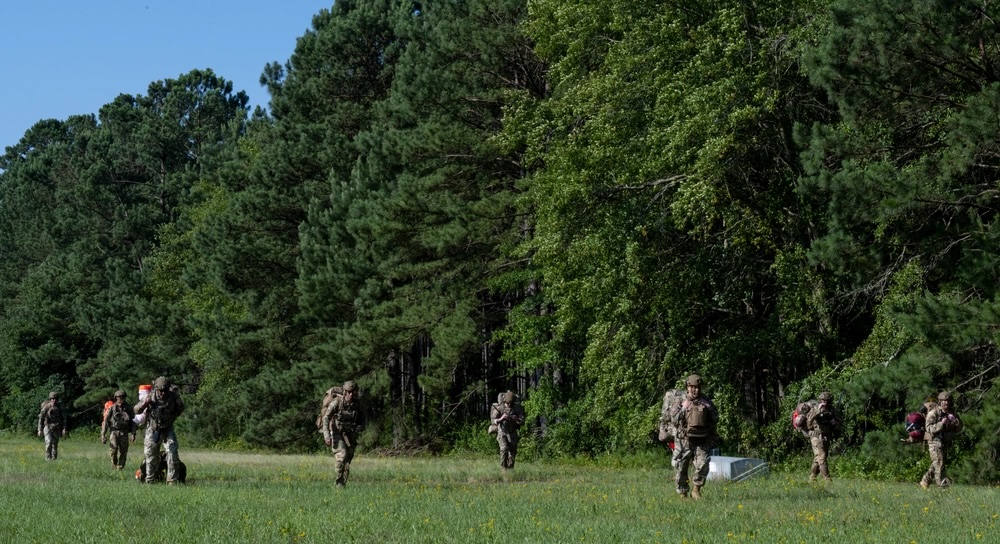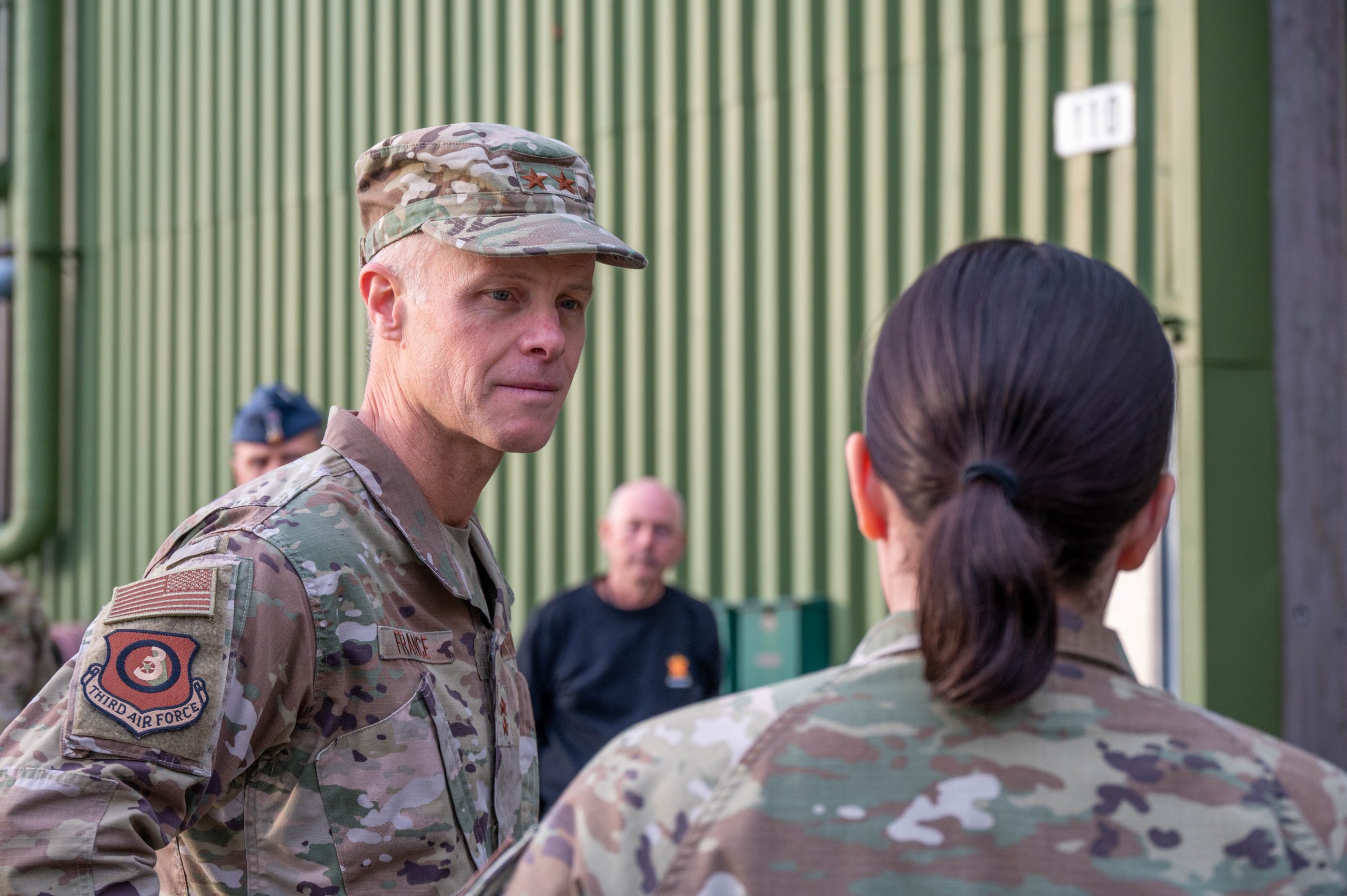The Space Force is ramping up its plans to develop and deploy a new nuclear command, control, and communications satellite constellation, even as other parts of its budget take a hit.
In the fiscal 2025 budget request released earlier this month, the service asked for nearly $1.05 billion for research, development, test, and evaluation of its Evolved Strategic SATCOM (ESS) program—a hefty $413 million increase over its 2024 request even as the Space Force’s RDT&E budget overall took a $500 million hit.
As things stand, ESS is poised to account for 5.6 percent of the entire research and development budget, and 3.6 percent of the entire Space Force budget.
ESS, in development for several years now, is envisioned as the successor to the Advanced Extremely High Frequency (AEHF) Satellite System. The goal, according to Space Systems Command, is to provide “strategic, secure and jam-resistant, survivable communications for ground, sea, and air assets around the world” starting in fiscal 2032, the stated “strategic need” deadline.
Hitting that deadline will be key as the U.S. military undergoes a massive nuclear modernization effort. The Air Force wants to start fielding its new B-21 bomber in the mid-2020s, followed by a new Long-Range Standoff missile and the new Sentinel intercontinental ballistic missile before 2030. The Navy is working on new Columbia-class nuclear submarines to field by the early 2030s, and the entire NC3 enterprise is undergoing an upgrade. All told, it will cost hundreds of billions of dollars.
ESS will be responsible for connecting the President and combatant commanders with strategic forces in the field, and the Space Force wants to invest heavily over the rest of the 2020s. In research and development alone, budget documents indicate a five-year spending plan of $5.11 billion.
USSF has already taken key steps on the program, awarding prototype demonstration agreements for both the space and ground segments. In 2020, Boeing and Northrop Grumman got contracts to build prototype satellites, and in May 2023, teams led by Lockheed Martin and Raytheon were tapped to work on the ground segment called GRIFFON (Ground Resilient Integration & Framework for Operational NC3).
The Space Force has not officially declared yet how many satellites will make up the ESS constellation, but its budget documents note plans to produce four space vehicles “in order to achieve IOC by 2032 and continuing through FOC.” AEHF has six satellites.
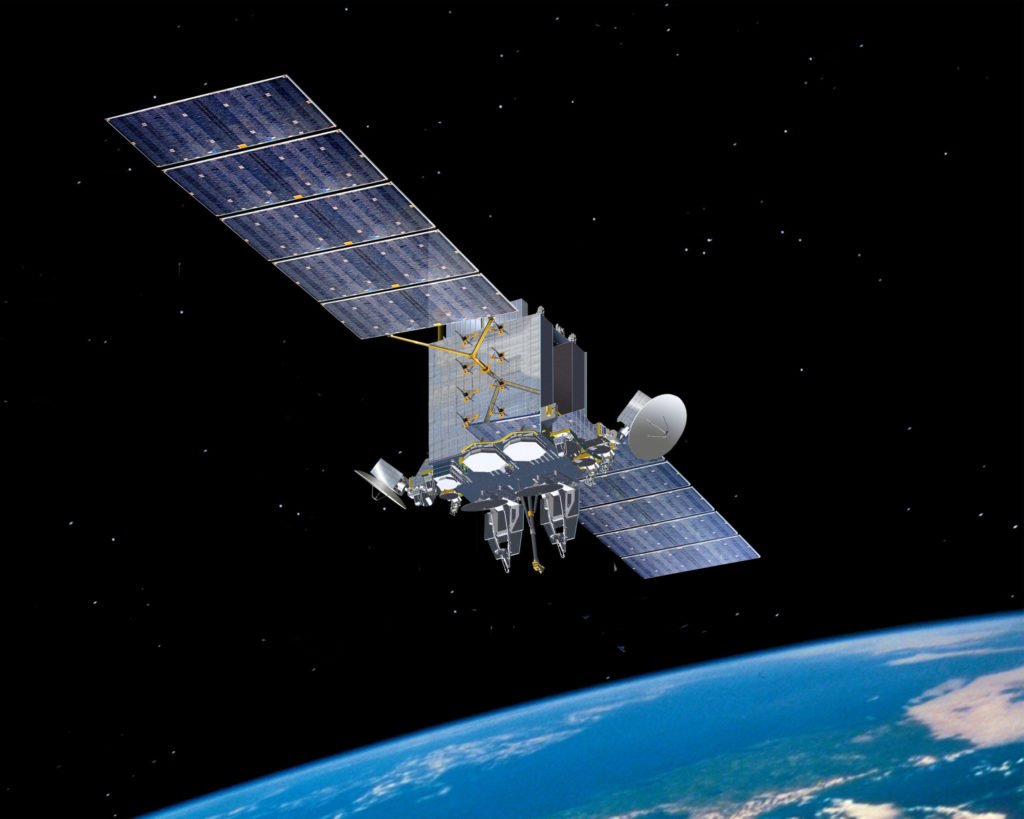
Fiscal 2025 is shaping up to be a key year in the program’s development. Budget documents describe a plan to award a final contract for both the satellites and ground segment in the second quarter of the year.
“ESS will finalize source selection, award the Space Development and Production contract, conduct a delta Preliminary Design Review (PDR), and establish a program baseline through an Integrated Baseline Review (IBR),” the documents state. “Simultaneously, numerous Non-Recurring Engineering (NRE) activities will begin, covering essential engineering and process documents. Long lead procurement of hardware and software for SV01-SV02, including design documents and non-deliverables, will also commence.”
A critical design review of the satellites is scheduled for FY26.
On the ground, the Space Force wants to use 2025 to “further mature a development, security, and operations (DevSecOps) pipeline for software vendors to test their applications on the ground framework to conduct end-to-end integration testing, … conduct early integration testing at government sites, develop user agreements with operational sites outlining deliveries and key milestones to ensure system functionality by FY 2029, prior to the first ESS space launch.”
Media reports have indicated the program could be worth $8 billion all told, but the Space Force’s procurement budget has no funds for ESS yet.

